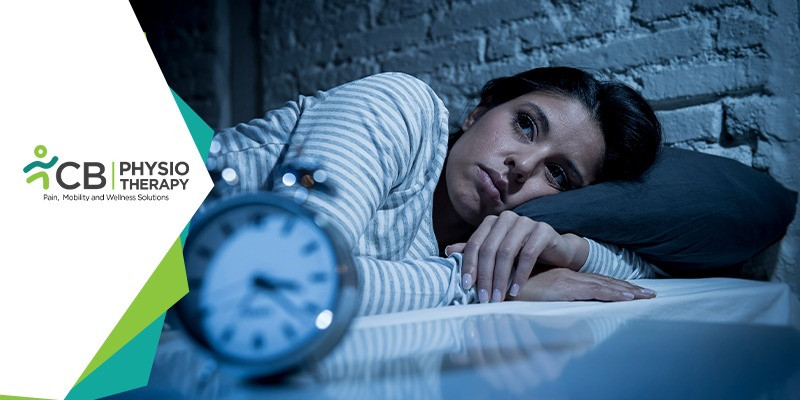You're not alone if you find it difficult to fall asleep. Having a sleep disorder which is known as insomnia is a big challenge for many people, but it can be made easier by doing a few minutes of mild to moderate exercise. Breathing exercises that are done early in the morning or later in the evening help to regulate the sleep-wake cycle. Exercising raises the body temperature slightly, thus improving the body's sleep-wake cycle. Mentioned in this blog, are a few exercises that can help to improve the ability to sleep.
Exercise 1:
This exercise is performed by tensing and relaxing 16 different muscle groups of the body. The muscle groups include the front of the neck, back of the neck, forehead, around the eyes and nose, cheeks and jaws, around the mouth, chest, stomach, thighs, back, hips, buttocks, lower legs, shoulders, forearms, biceps, wrists, and hands.
- Lie in bed, breathe in, and tense the first group of muscles for 5-10 secs.
- Breathe out and quickly relax the muscles.
- Relax for a few secs and start with the next muscle group.
- Repeat until the exercise is done with all 16 muscle groups, once you've finished, focus on keeping all of the muscle groups relaxed.
Exercise 2:
- Gently part the lips.
- Exhale out the air from the mouth.
- Silently inhale through the nose and count till 4.
- Hold the breath and count till 7.
- Exhale out again counting till 8.
- Repeat 4 times, and do 8 repetitions.
Exercise 3:
- Gently breathe deeply in and out.
- Place one index finger on one nostril
- Keeping the mouth closed, breathe out slowly through the other nostril.
- Repeat 5 times.
Exercise 4:
- Take a long, breathe inside.
- Exhale fully and focus on the movement of the body.
- Now, slow down the exhalation so that it is 2 times as long as inhalation.
Exercise 5:
- Lie on the back with knees bend and pillows under the knees.
- Place one hand on the chest and another hand on the stomach.
- Slowly, take a deep breath through the nose while keeping the hand on the chest. The hand on the stomach rises and then falls.
- Then, breathe slowly through pursed lips.
- Slowly breathe in and out without the chest moving.
Exercise 6:
- Sit cross-legged.
- Place the left hand on the knee and the right thumb against the nose.
- Exhale fully and close the right nostril.
- Inhale through the left nostril.
- Open the right nostril and exhale through it, while closing the left.
- Continue the same for 5 minutes, finish by exhaling through the left nostril.
Exercise 7:
- Sit in bed with the mouth gently closed, and breathe through the nose for 30 seconds.
- Breathe in and then breathe out through the nose.
- Gently pinch the nose closed with the thumb and index finger, keep the mouth closed, till tolerated.
- With the mouth closed, take a deep breath in and out through the nose again.
Exercise 8:
- Take deep breaths in and out, and count till 4 with each inhale through the mouth and each exhale, through the nose.
- See the abdomen rising and falling.
Exercise 9:
- Sit in a comfortable position. Place the hands on the knees, palms facing the ceiling.
- Take a deep breath in.
- While exhaling, contract the belly, forcing the breath out and abdominal muscles contracting.
- Quickly release the abdomen, breath should flow into the lungs automatically.
- Take 20 breaths and repeat 2 times.
Exercise 10:
- Sit with the back straight, breathe in, and then try to push all the air out while exhaling.
- Inhale slowly through the nose and count till 4, to push in the air while inhalation.
- Hold the breath and count till 4.
- Slowly exhale through the mouth, to bring out all the oxygen from the lungs.
Whatever the type of breathing exercise is being done, during all the phenomena, breathing exercises help to relax, sleep and breathe more naturally and effectively.

